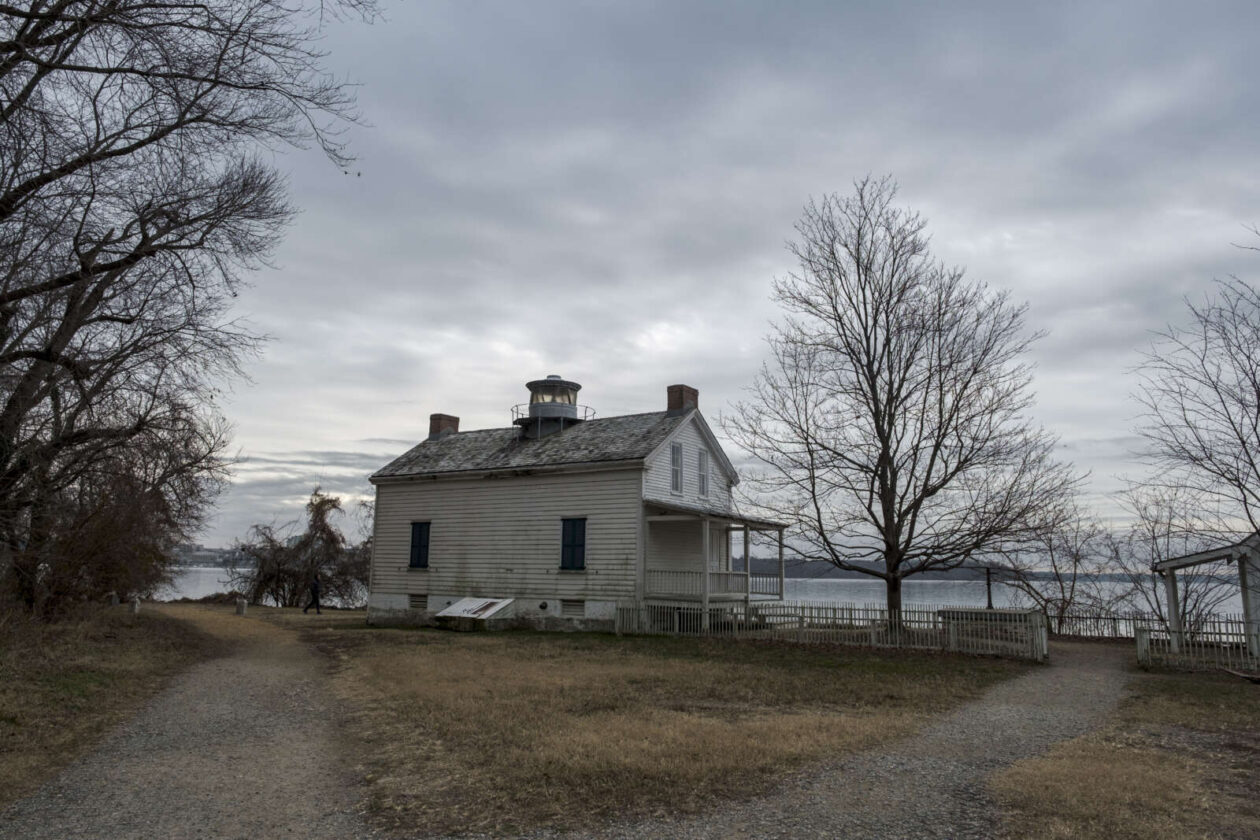Discover History: Discover Jones Point Lighthouse VA
Discover History: Discover Jones Point Lighthouse VA
Blog Article
Discover the Rich Background of Jones Factor Lighthouse: A Historic Spots to Explore
Snuggled along the banks of the Potomac River exists Jones Point Lighthouse, a sign with a storied past that bids exploration. From its modest beginnings to its pivotal function in guiding naval vessels, the lighthouse stands as a silent witness to history. As we trace the development of this historic landmark, uncovering tales of technical developments, war time importance, and recurring preservation initiatives, a much deeper understanding of its tradition arises. Join us as we embark on a trip via time, deciphering the abundant tapestry of Jones Point Lighthouse and the tricks it holds.
Early Building and Function
Created in the early 1850s, the Jones Point Lighthouse was originally constructed to guide ships navigating the treacherous waters of the Potomac River. This historic site, situated in Alexandria, Virginia, worked as an important navigational help for maritime website traffic entering the bustling port of Washington, D.C. The lighthouse, standing at 39 feet tall, included a distinct white tower with a red light area that produced a consistent light beam of light, aiding ships securely maneuver through the river's channels and avoid harmful shoals and sandbars.
Commissioned by Head Of State Andrew Pierce, the construction of the Jones Point Lighthouse was supervised by designer Henry Poole, who developed the structure to stand up to the extreme climate problems of the river while keeping its capability as a sign of security. The lighthouse's calculated place at the southern suggestion of Jones Point Peninsula offered optimal visibility for incoming vessels, guiding them in the direction of the anchors of the country's capital. Today, the Jones Factor Lighthouse stands as a testimony to its marine heritage, drawing in visitors crazy about discovering its abundant background and importance in directing maritime profession throughout the 19th century.
Development of Lighthouse Innovation

Modern lighthouses are currently outfitted with automatic LED lighting systems, General practitioner synchronization, and progressed keeping an eye on innovation. The evolution of lighthouse modern technology proceeds to play an important role in making sure the security of seafarers and the security of coasts worldwide.

Duty in Maritime Navigation
Navigational help offered by lighthouses have actually long functioned as beacons of safety and security, directing ships via treacherous waters and ensuring the safety of maritime routes. Jones Point Lighthouse, with its critical location at the convergence of the Potomac River and the Chesapeake Bay, played a crucial function in maritime navigating throughout the 19th and early 20th centuries (Jones Point Lighthouse VA). Mariners depended on the lighthouse's distinct light patterns to recognize their position, avoid harmful shoals, and securely browse the active waterways of the region
Jones Point Lighthouse likewise worked as a crucial referral factor for ships coming close to the bustling port of Alexandria, Virginia, aiding in the effective motion of products and travelers. Its existence not just guarded vessels from possible threats yet also facilitated the growth of maritime trade and commerce in the location. Today, while modern-day navigational modern technology has actually mostly replaced conventional lighthouses, Jones Point Lighthouse stands as a historic landmark, reminding us of its significant contributions to maritime safety and navigating.
Link to American Civil Battle
During the troubled era of the American Civil War, Jones Factor Lighthouse's critical placing remained to play an essential function, albeit with a new significance linked to the problem's effect on maritime tasks in the region. The lighthouse, located at a critical time along the Potomac River, worked as a vital navigational aid for Union and Confederate vessels alike. Jones Point Lighthouse. Its sign assisted guide ships via the treacherous waters, helping in the transportation of soldiers, materials, and communication crucial to both sides of the dispute
As the war unfolded, control of the Potomac River became extremely important for armed forces operations. Jones Factor Lighthouse stood as a silent witness to the extreme struggles that occurred on the water. Union requires heavily counted on the waterway for my latest blog post army movements and supply lines, making the lighthouse a crucial element in their logistical chain. Confederate efforts to disrupt Union tasks on the river frequently involved targeting vessels guided by the beacon's light.
In this way, Jones Factor Lighthouse came to be not only a sign of security and assistance yet also a tactical property in the turbulent waters of the American Civil War.
Reconstruction Efforts and Preservation
Amidst the passage of time, considerable strides have been made in the repair and conservation of Jones Factor Lighthouse, guaranteeing its historic tradition withstands for future generations. Initially built in 1855, the lighthouse has actually weathered years of deterioration, triggering repair efforts to keep its architectural stability and historical importance (Jones Point Lighthouse map). These efforts consist of thorough reconstruction deal with the lighthouse's famous red brick exterior, the substitute of rusty metal components, and the installment of safety finishes to protect the structure from ecological components
Collective partnerships in between federal government agencies, historic conservation organizations, and dedicated volunteers have actually played a vital function in funding and implementing these repair projects. Via their synergies, Jones Factor Lighthouse stands today as a beacon of naval background along the Potomac River, providing site visitors a glimpse right into the past and a connection to the location's rich maritime heritage.
Conclusion
Finally, Jones Factor Lighthouse stands as a significant historical site with an abundant history going back to its early building and construction and function. Via the development of lighthouse modern technology, it played a vital role in maritime navigating and has connections to the American Civil War. Reconstruction efforts have actually preserved this crucial item of background for future generations to discover and value.
Please visit one of our local supporters - Estrella Esthètique Dermplanning
Report this page